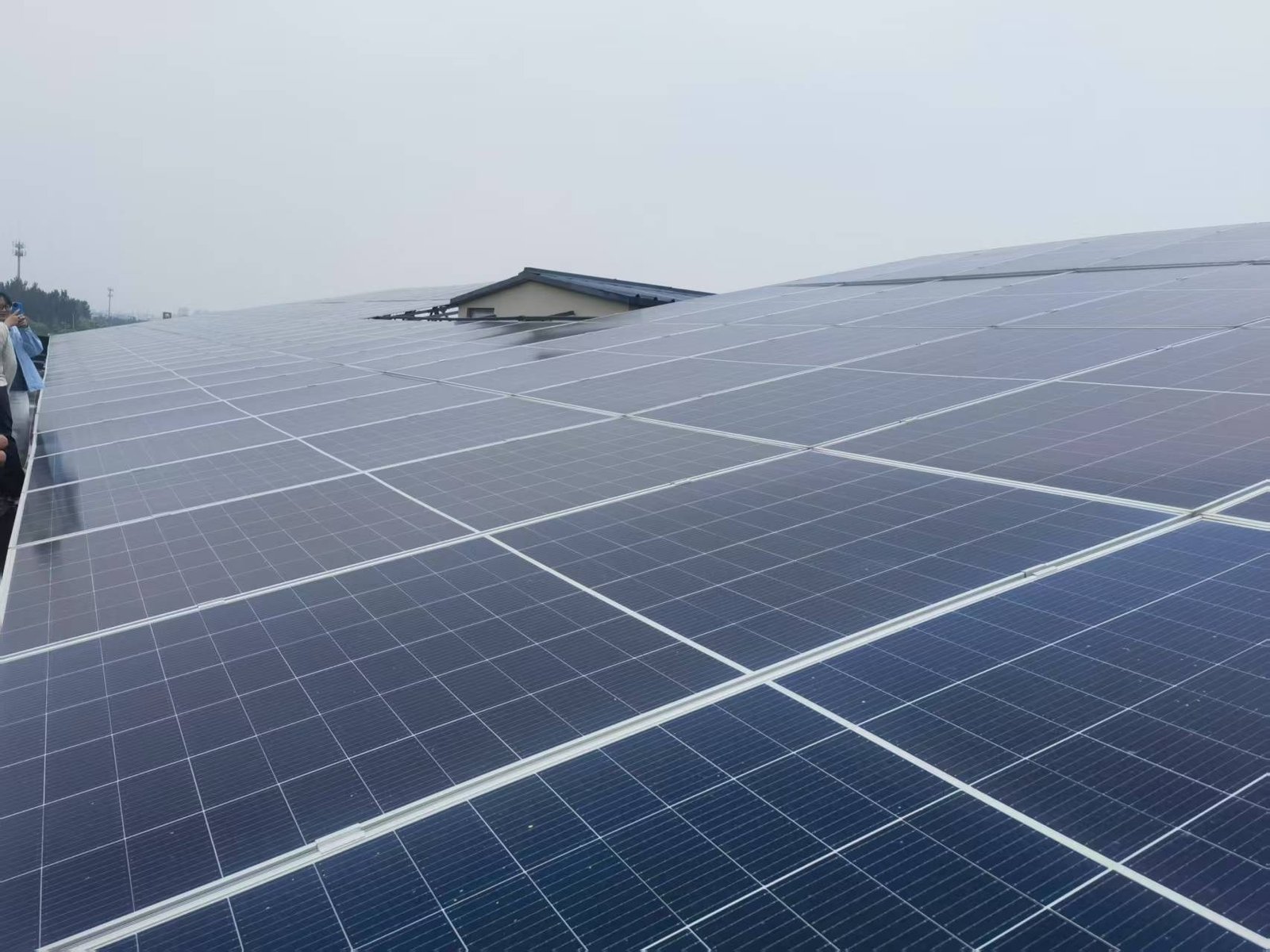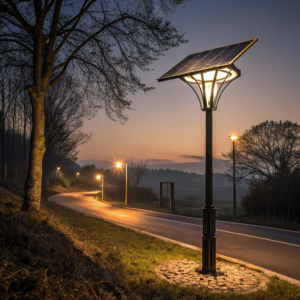How Roof Materials Affect Solar Panel Installation?
•
Want to go solar but unsure if your roof can handle it? Your roof material significantly impacts installation complexity, costs, and long-term performance of solar panels.
The most solar-friendly roofs are standing seam metal (easiest to install), followed by composite asphalt shingles, while tile roofs require specialized mounting and add 25-50% to installation costs.
Choosing the right solar solution for your roof type prevents leaks, maintains warranty coverage, and ensures optimal energy production. Let's examine how major roofing materials affect solar installations.
Tile, Metal, or Asphalt: Which Roof Is Most Solar-Friendly?
Does your roof material make solar installation easier or harder? The answer varies dramatically between common roofing types, affecting both installation methods and long-term performance.
Standing seam metal roofs are ideal for solar with clamp-on mounts (no penetrations), while asphalt shingles require flashing seals, and clay/concrete tiles need careful replacement during installation.
Solar Compatibility by Roof Type
-
Standing Seam Metal Roofs
- Installation: Clamp systems attach to seams (no drilling)
- Advantages: Zero roof penetrations, easiest maintenance access
- Cost Impact: Lowest installation cost (+$0-$0.10/W)
-
Asphalt Shingle Roofs Factor Consideration Mounting Lag bolts with flashing seals Age Limit Should have 10+ years remaining life Warranty May require certified installers -
Tile Roofs
- Challenge: Requires tile replacement or specialized brackets
- Cost: Adds $0.25-$0.50/W due to labor intensity
- Solution: Some systems allow working under existing tiles
Pro Tip: Metal roofs over 5 years old often see quicker solar payback due to lower installation costs and better heat dissipation.
Choosing the Right Mounting System for Each Roof Type
Why risk roof damage when proper mounting systems exist for every material? Matching mounts to your roof preserves waterproofing while securing panels against decades of weather.
Roof-specific mounting systems include tile hooks for clay roofs, flashing-integrated brackets for asphalt, and seam clamps for metal - each designed to maintain weather resistance while supporting solar arrays.
Mounting Solutions Breakdown
-
Asphalt Shingle Mounts
- Flashing-integrated aluminum brackets
- Ice-and-water shield underlayment recommended
- Typical spacing: 4-6 feet between rails
-
Tile Roof Solutions
- Option 1: Tile replacement with flashing mounts
- Option 2: Non-penetrating tile hooks
- Critical: Must distribute weight across multiple tiles
-
Metal Roof Advantages
- S-5! clamps or similar seam-attached systems
- No penetrations = no leak risk
- Can often support heavier commercial panels
Installation Tip: Always verify mounting system compatibility with both your roof warranty and solar panel manufacturer requirements.
How to Install Without Damaging Roof Waterproofing
What's worse than a leaky roof? A leaky roof with expensive solar panels on top. Proper waterproofing techniques separate professional installers from problematic DIY attempts.
Professional solar installers use flashing seals, waterproof underlayment, and roof-specific mounting hardware to maintain waterproofing, with metal roofs being lowest-risk and tile roofs requiring most caution.
Waterproofing Best Practices by Roof Type
-
Critical Protective Measures
- ASTM D1970-compliant flashing for asphalt
- Butyl tape seals on all penetrations
- Pitch pans for low-slope roofs
-
Material-Specific Protocols Roof Type Key Protection Asphalt Ice/water shield under mounts Tile Replacement tiles with integrated flashing Metal Clamp systems avoid penetrations -
Post-Installation Verification
- Infrared scans to detect moisture
- Warranty documentation review
- 5-10 year re-torqueing schedule
Red Flag: Installers proposing silicone-only seals (requires proper flashing) or excessive roof penetrations beyond engineering specs.
Conclusion
Your roof material dictates solar installation approaches, with metal being simplest and tile most complex - but all types can accommodate solar when using proper materials and techniques.






